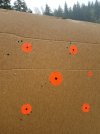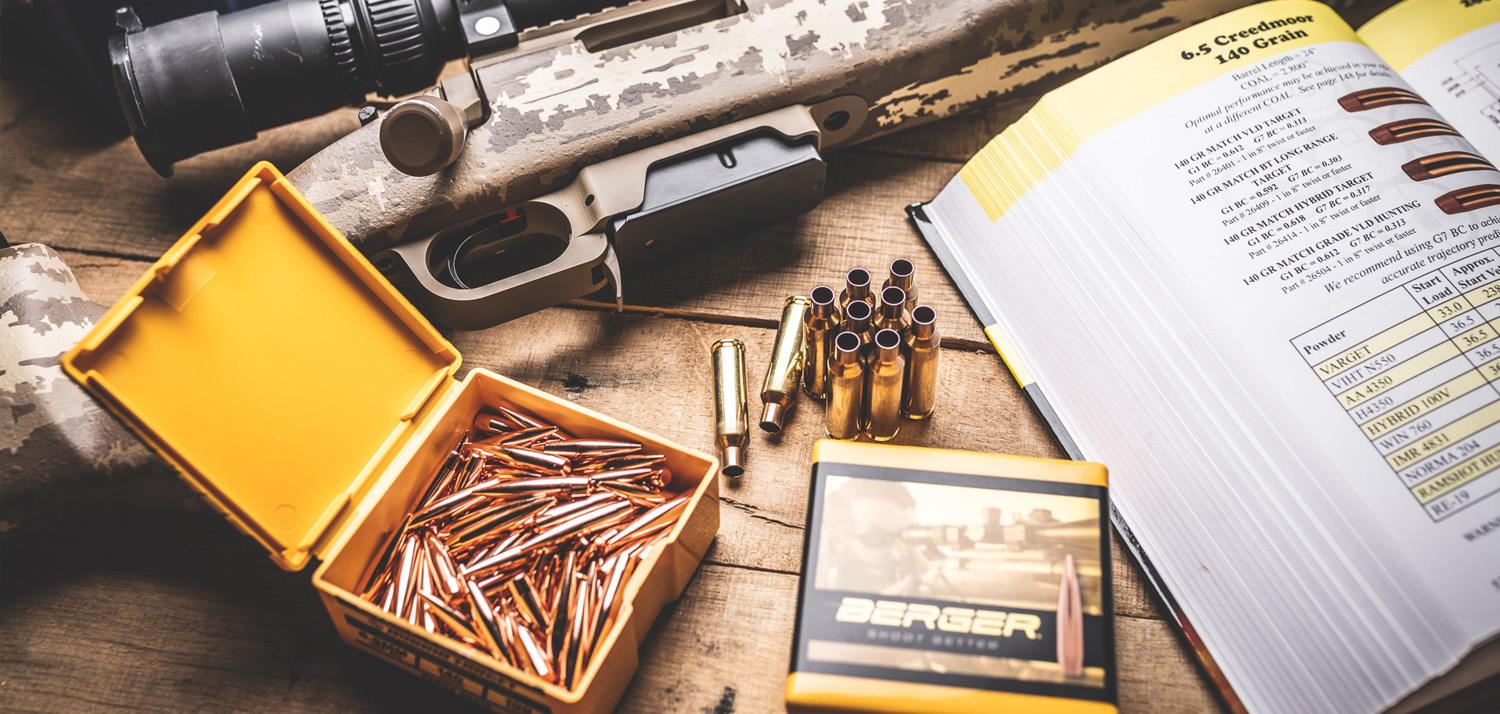Measuring the base of bullet to the ogive of the meplat with a comparator is BTO (Base to Ogive). The Ogive is where the bullet transitions from the straight bearing surface to the start of the taper of the nose.
So, in measuring 100 Berger bullets in a box, I have found very little difference in the BTO (base to Ogive). About .0015". I have done this on occasion early one, but now usually pull 10 from a single box and check.
I actually do not measure COAL (Cartridge Overall Length-from case head to bullet tip) hardly ever. Just to make sure they will fit in a magazine.
I want my CBTO (Cartridge Base to Ogive) to be exactly the same in every round I build. At least within .0005" (not .005"). Meaning the exact same jump to lands from round to round. CBTO consistency is WAY more important than COAL, where meplats (the point or tip of the bullet) can vary as much as .010" even when the BTO is within .001". This is due to the manufacturing process of pointing the bullet.
And since the seating stem in your seating die does not support off the Ogive, but near the tip of the bullet, having consistent BTO and nose shapes makes a huge deal in getting CBTO consistent. If you load some brands, you will seat 10 bullets, and get 10 different CBTO measurements, as much as .00" in some cases....ahem....ELD-X). Berger is usually within .0005" or exact, with maybe one in 10 at .001" different that needs a tweak to the die (if you are that anal about it....which I am). I try to keep all my loaded rounds with .0005" CBTO. 5/10000ths (or half a thou as some call it). Not 5/1000ths.


